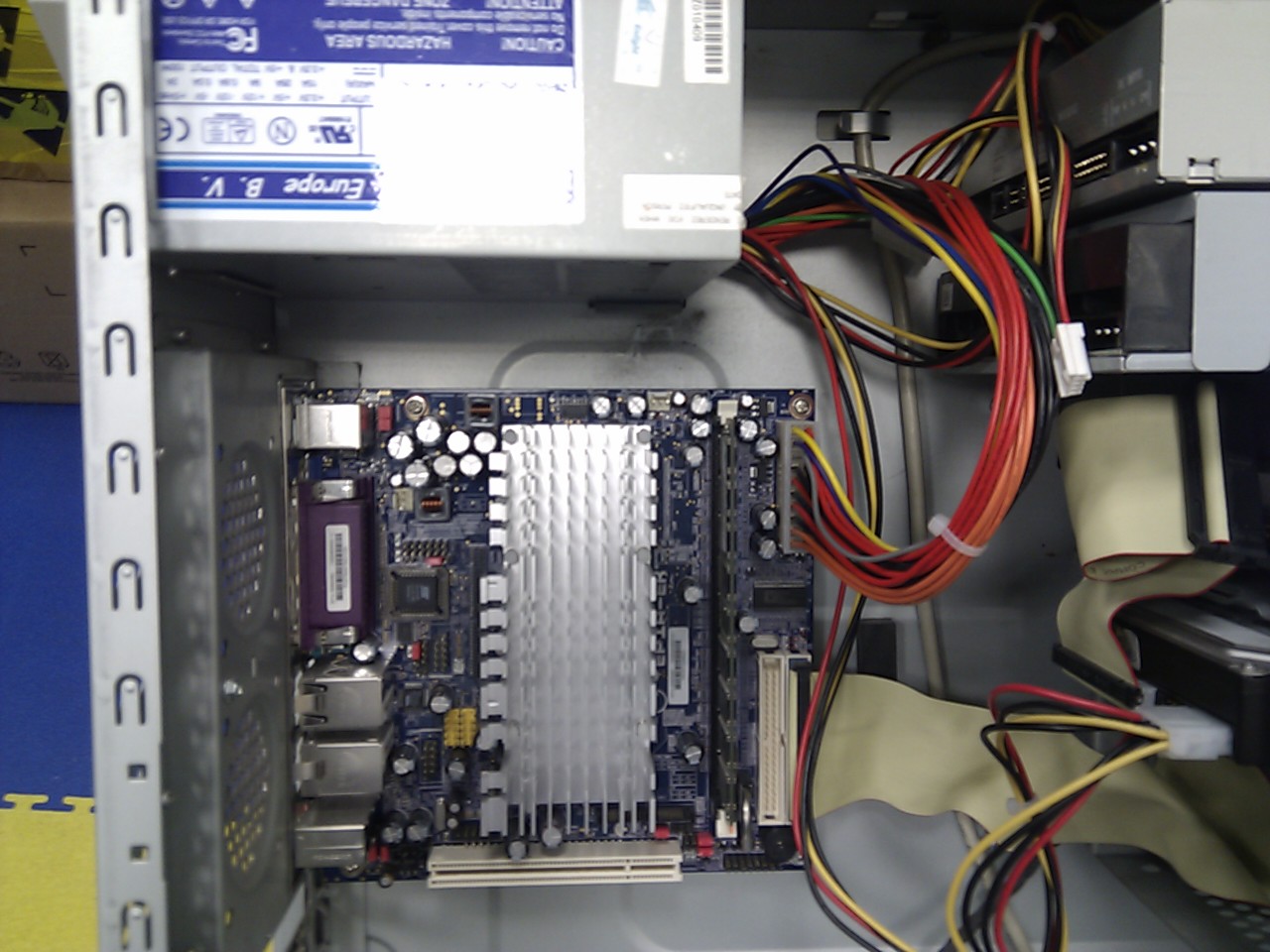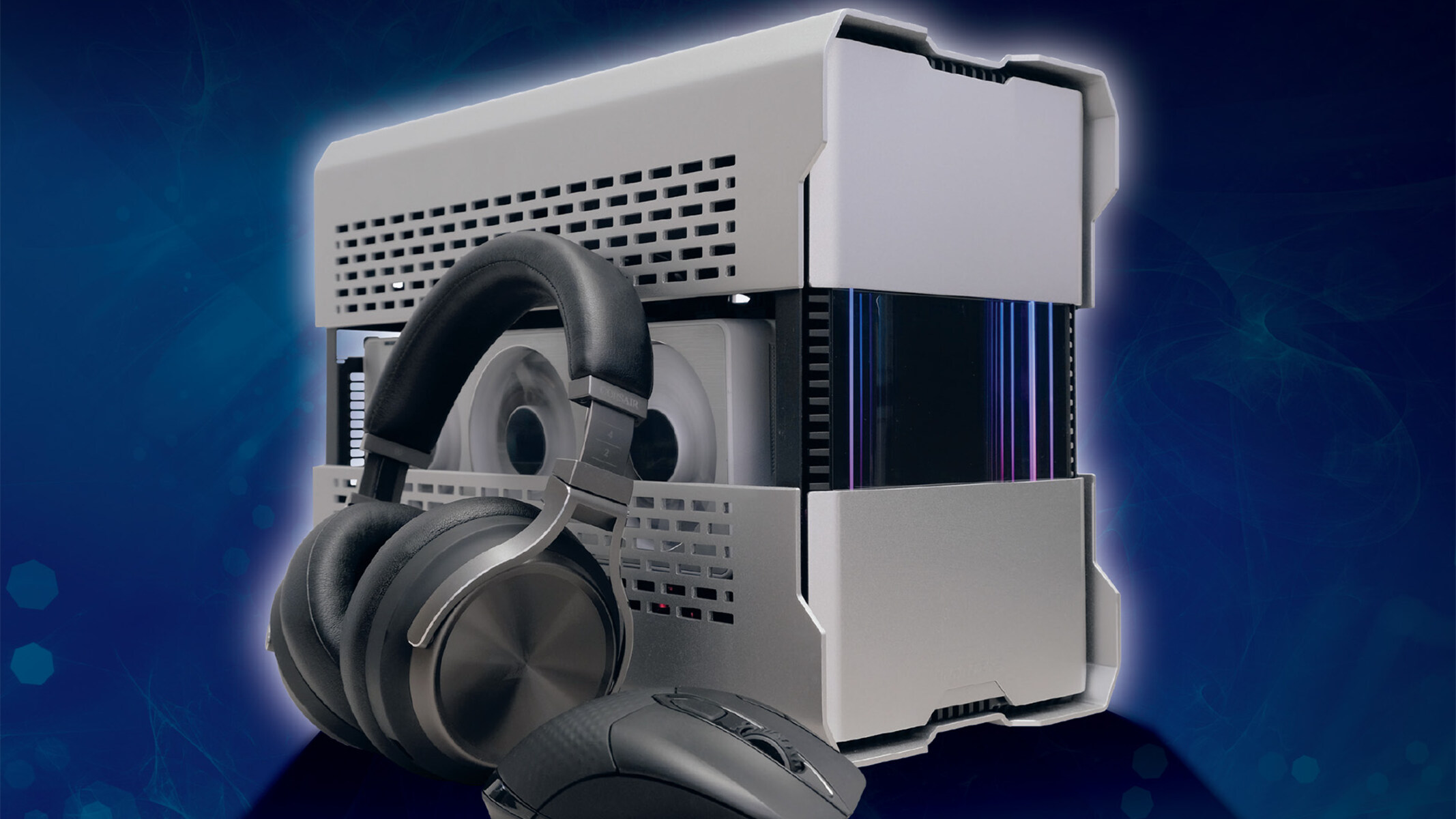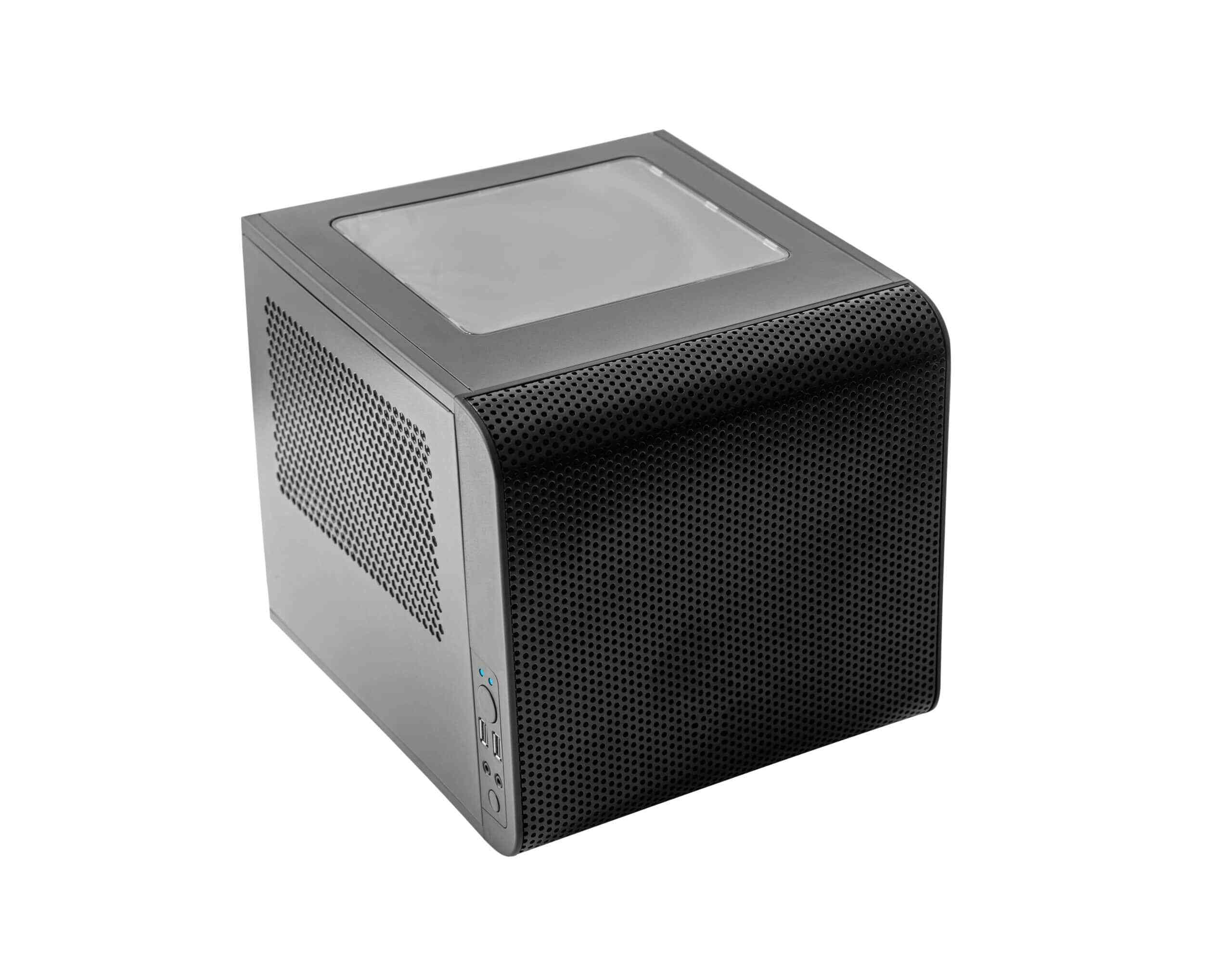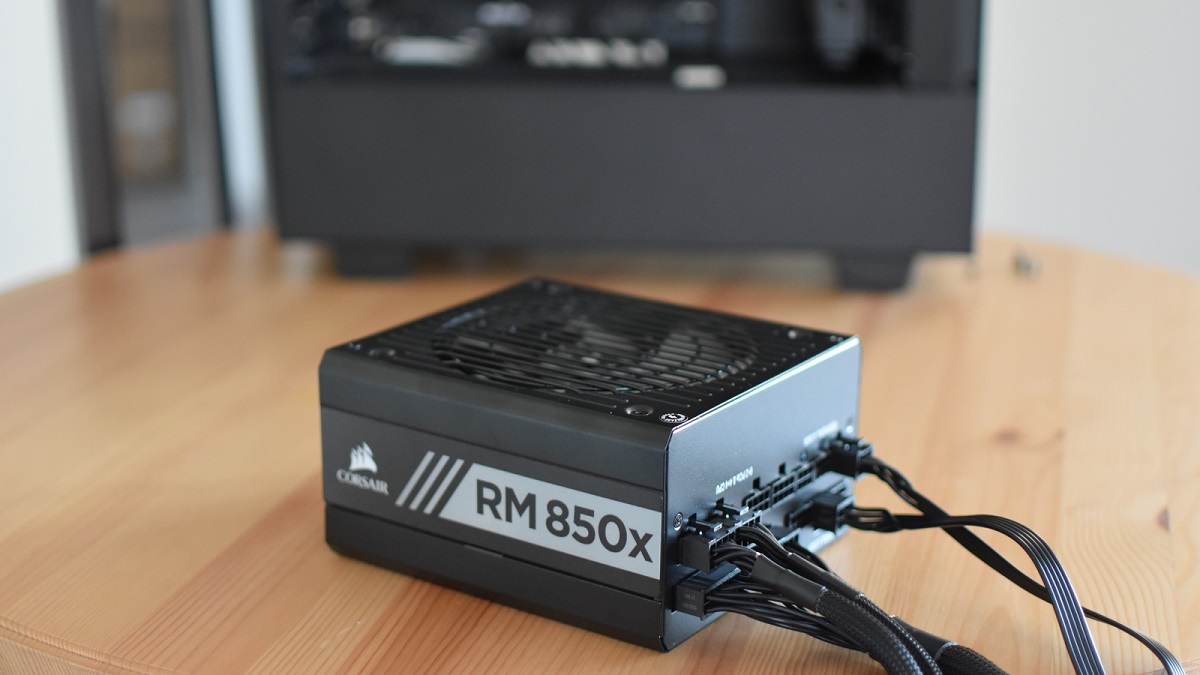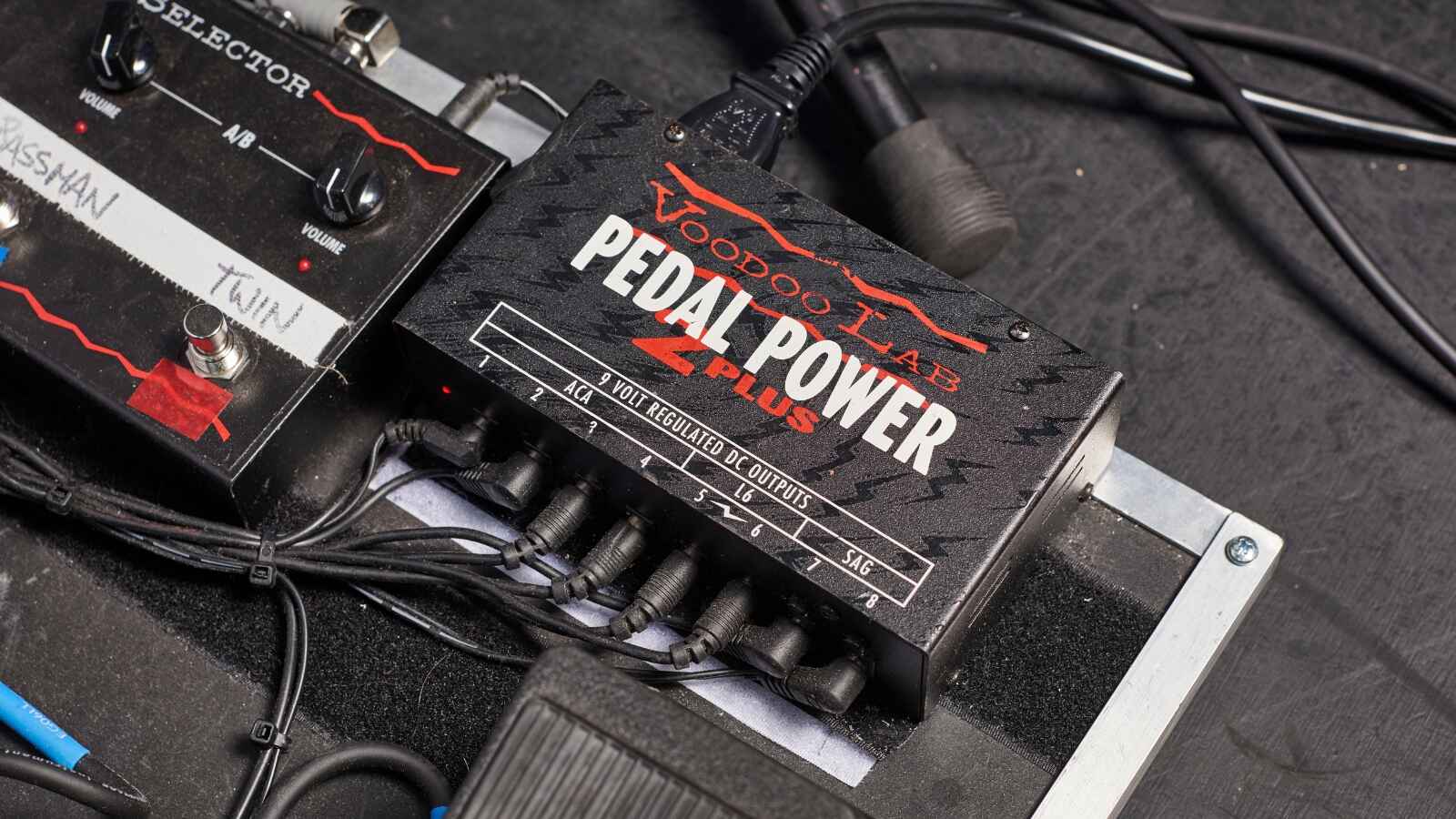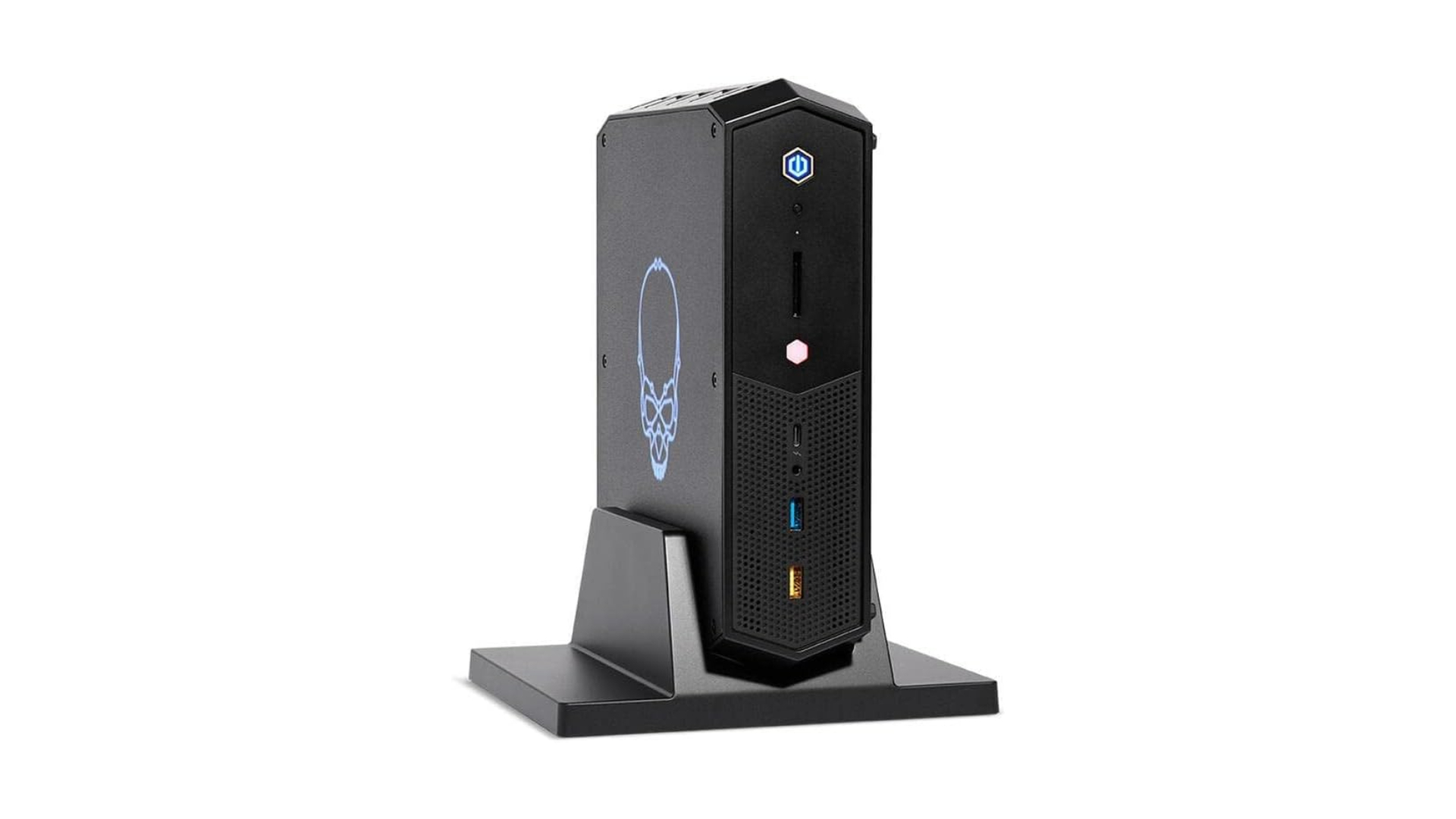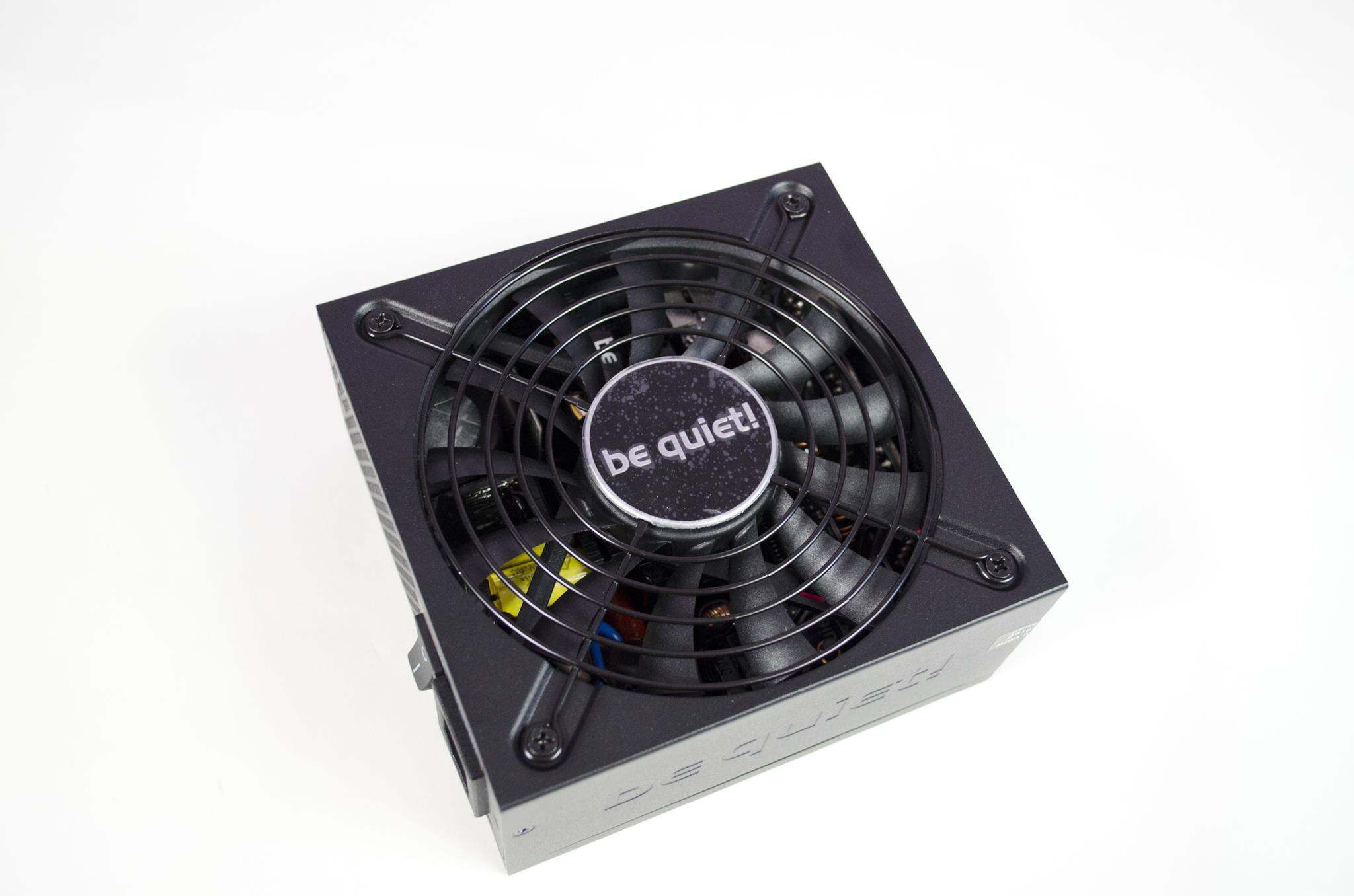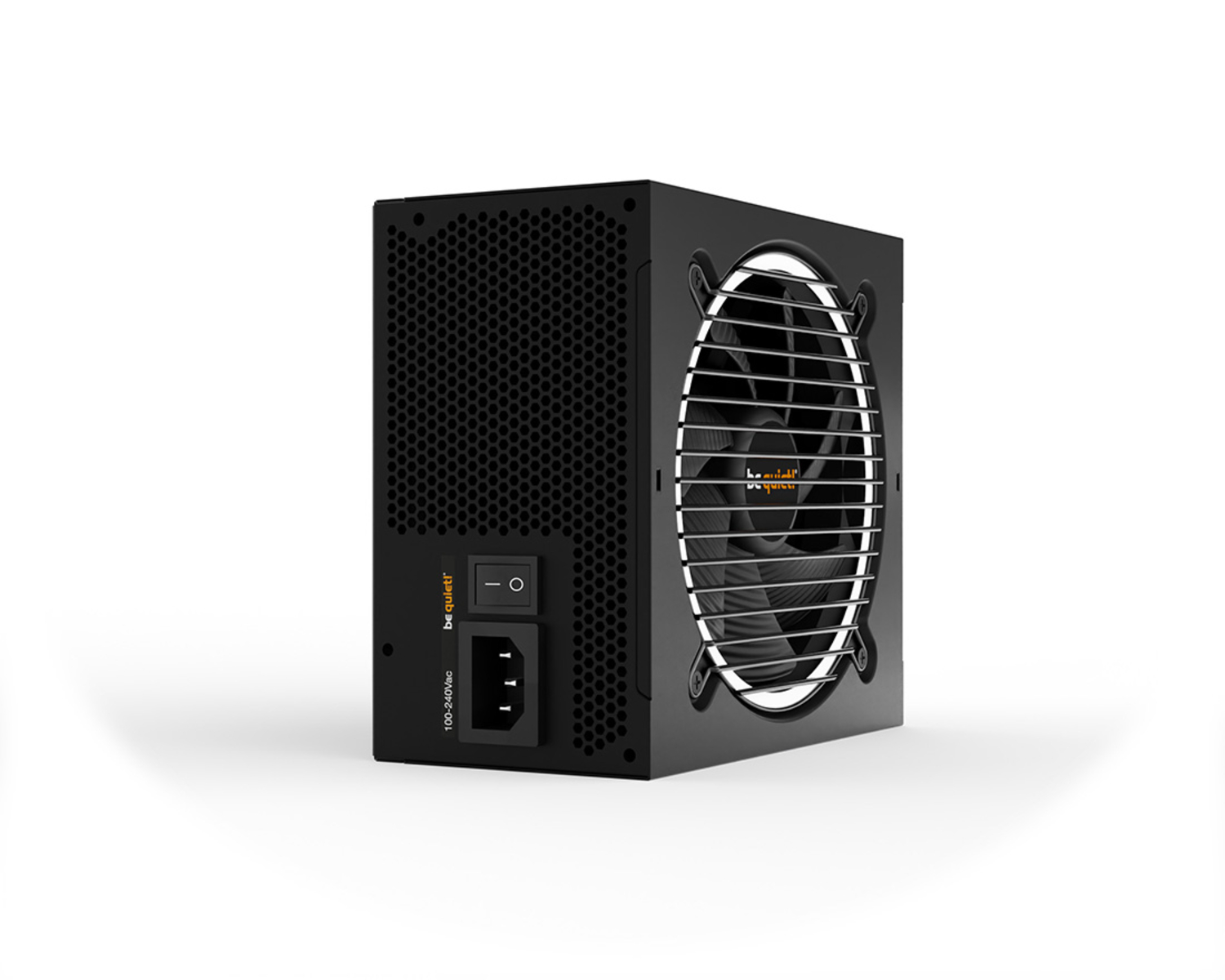Introduction
A Mini ITX case is a popular choice among PC enthusiasts who prefer compact and space-saving setups without compromising on performance. However, when it comes to installing a Power Supply Unit (PSU) in a Mini ITX case, there are specific dimensions and compatibility factors that need to be considered.
Choosing a PSU that fits perfectly within the constraints of a Mini ITX case is crucial to ensure a smooth installation process and optimal airflow within the system. In this article, we will explore the key considerations for determining whether a PSU will fit in a Mini ITX case.
By understanding the dimensions of both the Mini ITX case and the PSU, we can effectively assess the compatibility between the two components. Additionally, we will discuss other factors such as cable clearance and connector placement, which can further impact the suitability of the PSU for a Mini ITX build.
Whether you are building a compact home theater PC or a portable gaming rig, knowing how to determine if a PSU will fit in a Mini ITX case is essential for a successful and streamlined build process. So, let’s dive into the world of dimensions and compatibility to ensure that your Mini ITX case and PSU are a perfect match.
Dimensions of a Mini ITX Case
Before we delve into the compatibility of a PSU with a Mini ITX case, it’s important to understand the dimensions of the case itself. A Mini ITX case is designed to be compact and space-efficient, making it ideal for smaller setups.
Typically, a Mini ITX case measures approximately 170mm in width, 170mm in height, and 350mm in length. These dimensions may vary slightly between different manufacturers and models, so it’s important to refer to the specifications provided by the case manufacturer.
The compact size of a Mini ITX case poses some limitations when it comes to component compatibility, including the PSU. Therefore, it’s crucial to ensure that the PSU you choose not only fits within the dimensional constraints but also meets the power requirements of your system.
When considering the dimensions of a Mini ITX case, it’s important to also take into account the available space for cable management and airflow. Some Mini ITX cases come with cleverly designed layouts and cable-routing options to optimize space utilization and maintain neat cable management. Checking these additional features is essential to ensure that the chosen PSU won’t interfere with the cables and obstruct airflow within the case.
Understanding the dimensions of a Mini ITX case is the first step in determining the compatibility of a PSU. In the following sections, we will explore the dimensions of a PSU and discuss how to ensure a proper fit in a Mini ITX case.
Dimensions of a Power Supply Unit (PSU)
When selecting a PSU for a Mini ITX case, it is essential to consider the dimensions of the PSU itself. PSU dimensions can vary depending on the form factor, wattage, and design of the unit.
The majority of PSUs for Mini ITX cases adhere to the standard ATX form factor, which measures approximately 150mm in width, 86mm in height, and 140mm to 160mm in length. However, it’s crucial to note that certain PSUs designed specifically for compact builds may have different dimensions.
Before buying a PSU for your Mini ITX case, check the manufacturer’s specifications to ensure compatibility with your chosen case. Verify that the length of the PSU does not exceed the available space in the case, as this can cause fitting issues or obstruct other components.
In addition to the overall dimensions, it’s essential to consider the position of the PSU cables and connectors. Some PSUs have modular cable systems, allowing for better cable management and flexibility in tight spaces. However, these cables can add extra length and might impact the fitment of the PSU within the Mini ITX case.
Proper cable routing and management are essential to maintain good airflow and prevent cable interference with other components. Make sure that the PSU’s cables and connectors will not obstruct the GPU, RAM slots, or any other vital components in the Mini ITX case.
It’s worth noting that there are SFX and SFX-L PSUs available in the market specifically designed for compact builds. These PSUs have smaller dimensions compared to standard ATX PSUs, making them ideal for Mini ITX cases with limited space. However, compatibility may still vary depending on the specific case design and layout.
By considering the dimensions of the PSU, including both its physical size and cable placement, you can ensure a proper fit and avoid any potential issues when installing it in your Mini ITX case.
Checking the Length of the PSU
One of the critical dimensions to consider when determining PSU compatibility with a Mini ITX case is the length of the unit. The length of the PSU can vary depending on the manufacturer and model, so it’s crucial to verify the dimensions before making a purchase.
To check the length of the PSU, refer to the specifications provided by the PSU manufacturer. Most manufacturers will clearly state the length of the unit in their product documentation or on their website.
Once you have the PSU’s length, compare it to the available space in your Mini ITX case. Measure the distance from the back of the case to any obstructions, such as drive cages or the front panel. This measurement will give you an idea of the maximum PSU length that can fit comfortably without causing any interference.
It’s essential to leave some clearance between the end of the PSU and any obstructions to ensure proper airflow and ease of installation. Ideally, there should be at least a few centimeters of free space to accommodate cables and connectors.
Keep in mind that some Mini ITX cases may have specific design features that can impact the maximum PSU length. For example, some cases have a designated PSU mounting area with specific size limitations. Make sure to take these factors into account when checking the PSU length.
Remember, the length of the PSU should not exceed the available space in the Mini ITX case. If the PSU is too long, it can cause fitting issues, obstruct components, or restrict airflow within the case. These issues can negatively impact system performance and even lead to overheating.
By carefully checking the length of the PSU and ensuring it fits within the available space, you can avoid compatibility issues and create a well-optimized Mini ITX build.
Checking the Width of the PSU
In addition to the length, another important dimension to consider when determining PSU compatibility with a Mini ITX case is the width of the unit. The width of the PSU can vary depending on the model and design.
To check the width of the PSU, refer to the specifications provided by the manufacturer. The width measurement is typically included in the PSU’s product documentation or on the manufacturer’s website.
Once you have the PSU’s width, compare it to the available space in the Mini ITX case. Measure the distance between the side panels or mounting brackets of the case to ensure that it can accommodate the width of the PSU.
It’s crucial to leave some clearance between the PSU and the side panels to prevent any potential fitting issues. Keep in mind that the PSU may have cables and connectors on the side that could add to its overall width, so it’s important to consider those as well.
Some Mini ITX cases are designed with specific PSU mounting areas or brackets that have widths limitations. Make sure to take note of these constraints and compare them to the PSU’s width to ensure compatibility.
Failure to account for the width of the PSU can result in the PSU not fitting properly in the Mini ITX case or causing interference with other components. This can lead to difficulties during installation and may negatively impact airflow and cable management within the case.
By checking and verifying the width of the PSU before making a purchase, you can ensure a proper fit within your Mini ITX case and avoid any potential compatibility issues.
Checking the Height of the PSU
When determining the compatibility of a Power Supply Unit (PSU) with a Mini ITX case, it is important to consider the height of the PSU. The height of the PSU can vary depending on its design and form factor.
To check the height of the PSU, refer to the specifications provided by the manufacturer. The height measurement is typically included in the PSU’s product documentation or on the manufacturer’s website.
Measure the available height inside the Mini ITX case, considering any obstructions such as drive cages, motherboard components, or other installed components. It is essential to ensure that the height of the PSU allows for proper clearance within the case.
It is crucial to leave some gap between the top of the PSU and any obstructions to facilitate airflow and ease of installation. The clearance should be sufficient to allow for proper ventilation and prevent any interference between the PSU and other components.
Take note of any design features within the case that may impact the maximum height of the PSU. Some Mini ITX cases may have specific PSU mounting areas or brackets that have height limitations. Be sure to consider these factors and compare them to the PSU’s height measurement.
Failing to check the height of the PSU can lead to fitting issues, such as the PSU hitting or obstructing components within the Mini ITX case. These issues can interfere with the overall functionality of the system and cause airflow restrictions, potentially leading to overheating.
By carefully checking and verifying the height of the PSU, you can ensure that it fits within the available space and allows for proper airflow and installation in your Mini ITX case.
Clearance for Cables and Connectors
When determining the compatibility of a Power Supply Unit (PSU) with a Mini ITX case, it is crucial to consider the clearance available for cables and connectors. Adequate clearance ensures proper cable management, airflow, and easy installation.
Mini ITX cases are known for their compact size, which often means limited space for cable routing. Before purchasing a PSU, consider the cable management features of your case, such as routing holes, tie-down points, or modular design. These features can help optimize cable organization and reduce clutter within the case.
When checking the clearance for cables and connectors, pay attention to the positioning of the motherboard, drive cages, and other components. Make sure the cables from the PSU can be properly routed without interfering with any critical components.
Take note of the length and flexibility of the PSU cables. Some PSUs come with shorter or detachable cables, which can help minimize cable clutter and improve airflow in tight spaces. Ensure that the length of the cables provided with the PSU is sufficient to reach the necessary connectors on the motherboard and other components.
Also, consider the positioning of the PSU connectors themselves. They should be easily accessible and not blocked by any nearby components or structural elements of the Mini ITX case.
Proper cable management is vital to maintain optimal airflow within the case. Cables that obstruct the airflow can lead to higher component temperatures and reduce the overall performance of the system.
Consider using cable management accessories, such as cable ties or Velcro straps, to tidy up the cables and keep them organized. This will not only improve the appearance of the build but also aid in efficient airflow within the Mini ITX case.
By checking the clearance for cables and connectors and ensuring proper cable management, you can optimize airflow, reduce clutter, and ensure a seamless installation process with your chosen PSU in a Mini ITX case.
Additional Considerations
While dimensions and clearance are important factors to consider when determining PSU compatibility with a Mini ITX case, there are a few additional considerations that can further impact the suitability of the PSU for your build.
1. Power Requirements: Ensure that the chosen PSU can provide enough power to meet the demands of your components. Consider factors such as the wattage rating, efficiency, and the number of connectors required for your specific build.
2. Cooling and Ventilation: Pay attention to the cooling capabilities of both the Mini ITX case and the PSU. Opt for a PSU with reliable cooling features, such as a quiet fan or active cooling, to maintain optimal temperatures within the system.
3. Efficiency Certification: Look for PSUs with efficiency certifications, such as 80 Plus Bronze, Silver, Gold, or Platinum. These certifications indicate the PSU’s energy efficiency and can help reduce power consumption and heat generation.
4. Budget and Brand Reputation: Consider your budget and opt for PSUs from reputable manufacturers known for their reliability and quality. It’s essential to invest in a PSU that will provide stable power delivery and last for the long term.
5. Noise Level: Some PSUs come with noise reduction features, such as fan-less designs or fan control options. If noise is a concern for your build, consider these features when selecting a PSU.
6. Future Expansion: If you plan to upgrade or add components in the future, ensure that the PSU you choose has enough connectors and power capacity to accommodate those additions.
It’s also worth mentioning that compatibility can vary between different Mini ITX cases and PSU models. Always refer to the specifications provided by the case manufacturer and PSU manufacturer to confirm compatibility.
By considering these additional factors, you can ensure that the chosen PSU not only fits physically within the Mini ITX case but also meets the power requirements and provides optimal performance for your build.
Conclusion
Choosing a Power Supply Unit (PSU) that fits correctly in a Mini ITX case is crucial for a smooth and successful build. By considering the dimensions, such as length, width, and height of both the Mini ITX case and the PSU, you can ensure compatibility and avoid any fitting issues.
Checking the clearance for cables and connectors is equally important to ensure proper cable management, airflow, and ease of installation. Adequate clearance allows for optimal cooling and prevents any interference with other components within the case.
Additional considerations, such as power requirements, cooling and ventilation, efficiency, noise level, budget, and future expansion possibilities, should also be taken into account when selecting a PSU for your Mini ITX build.
Remember to consult the specifications provided by both the Mini ITX case manufacturer and the PSU manufacturer to ensure compatibility and to make an informed decision.
By carefully considering all these factors, you can ensure that the PSU you choose fits perfectly within your Mini ITX case, providing stable power delivery, optimal performance, and a seamless building experience.







